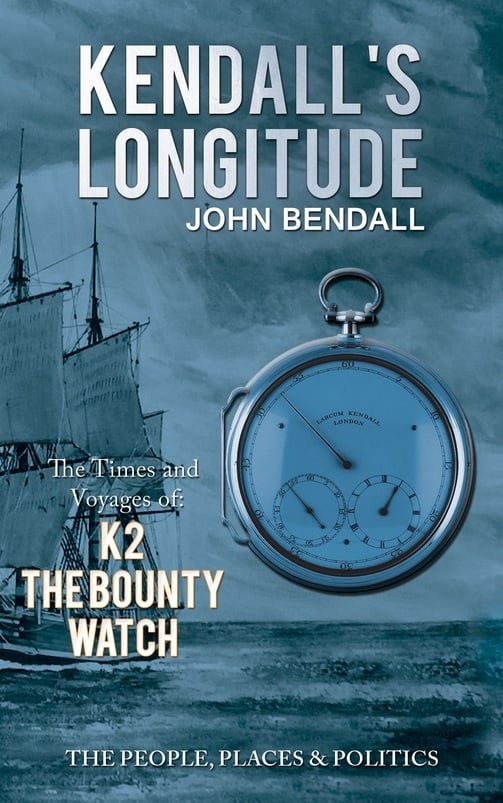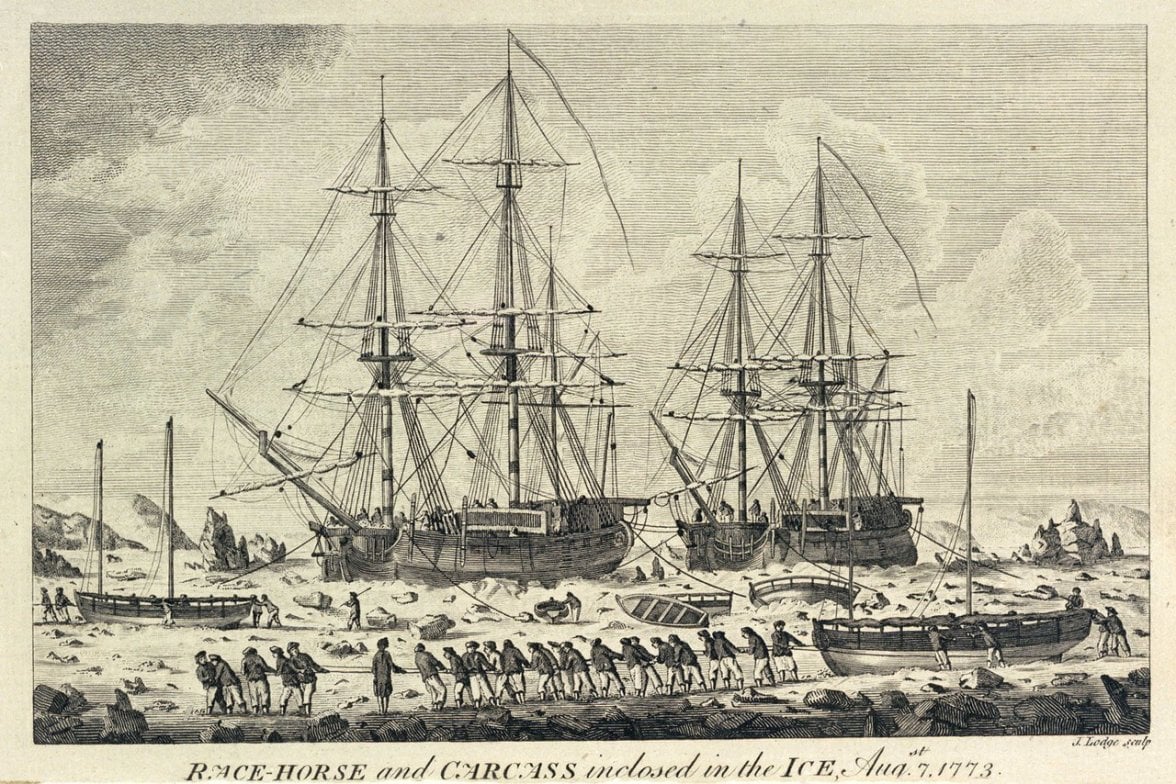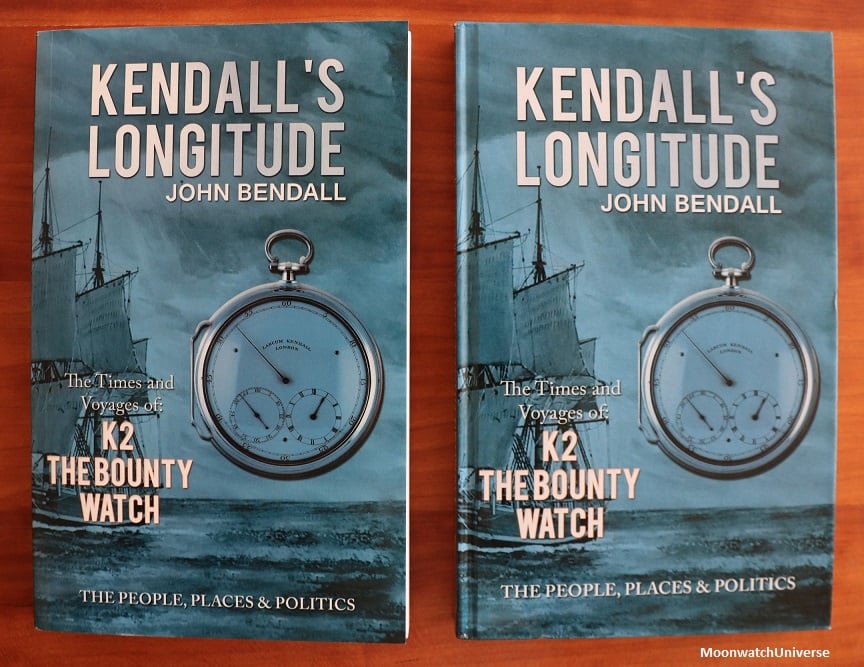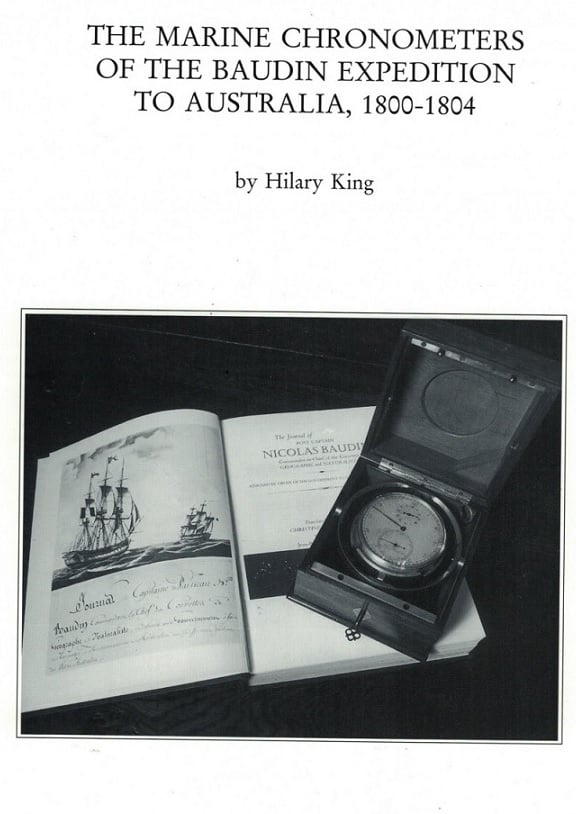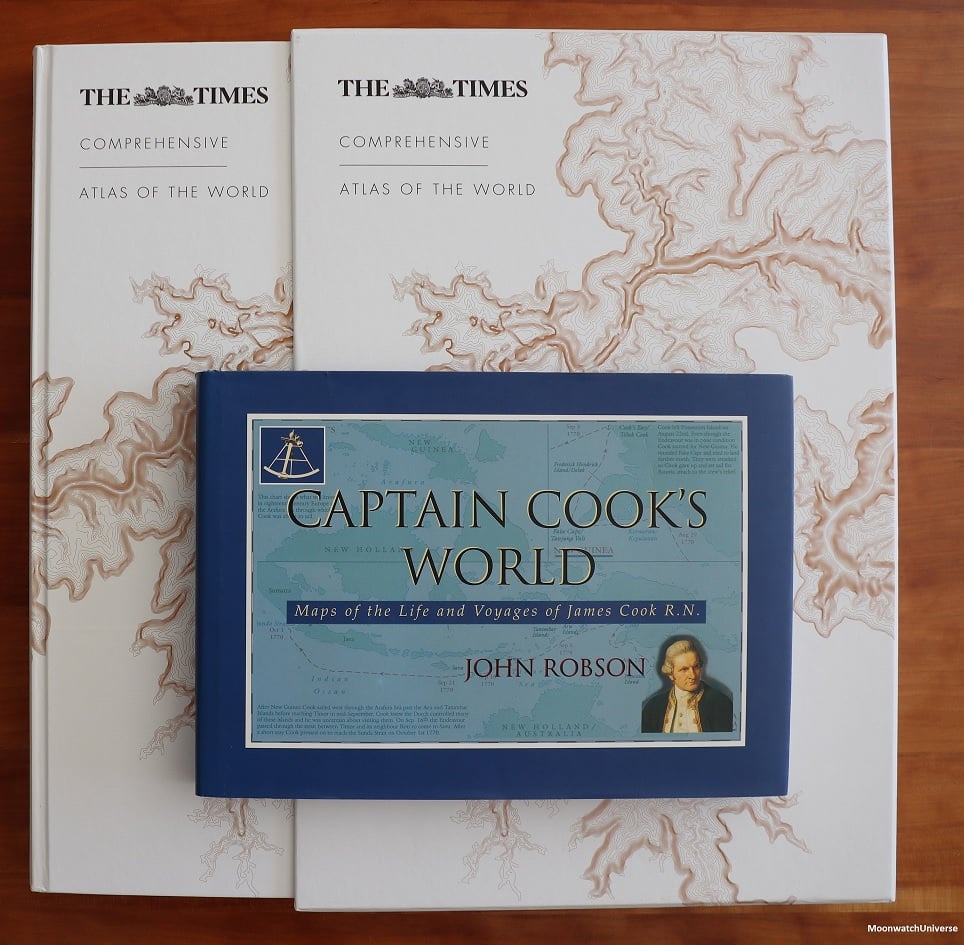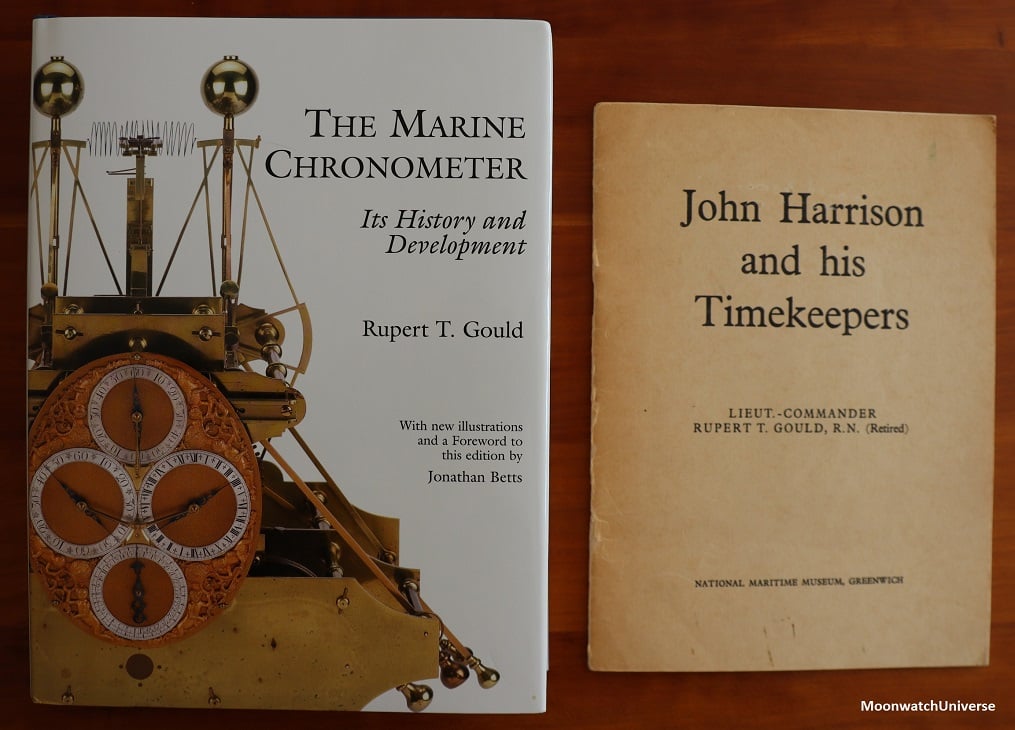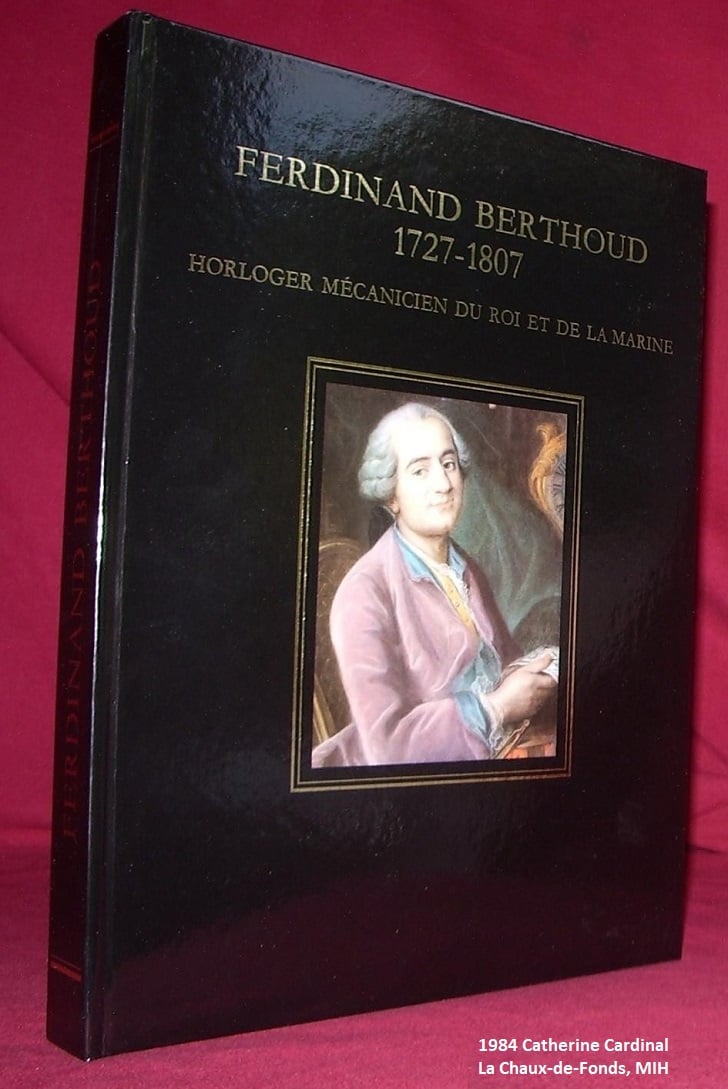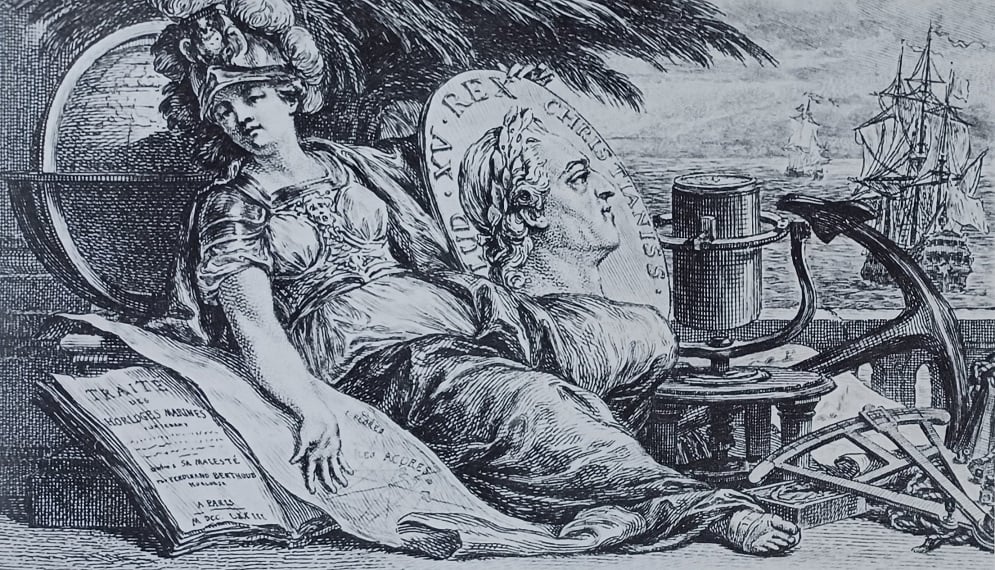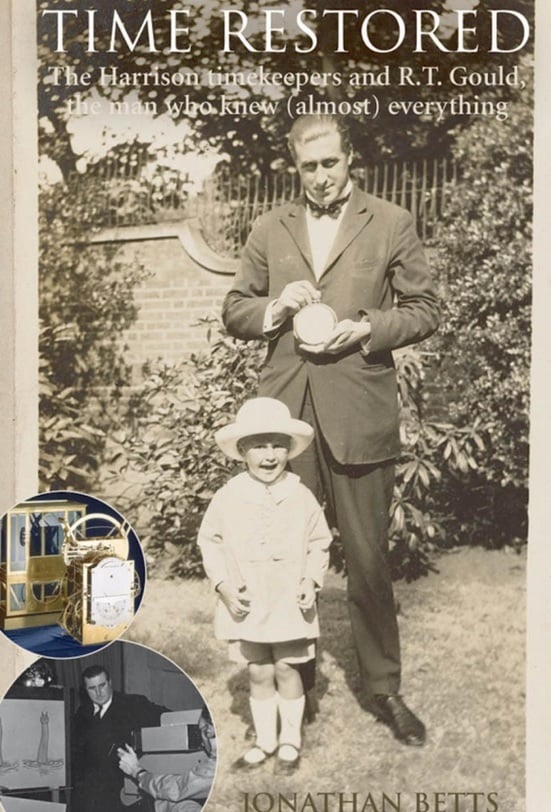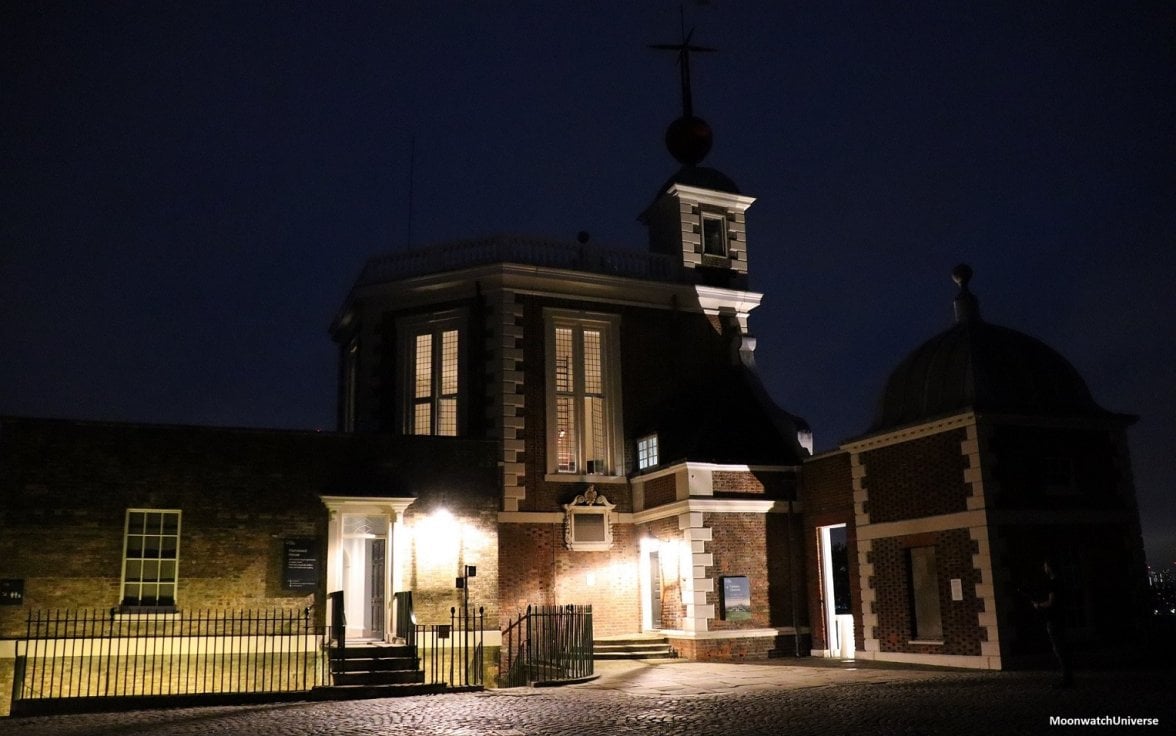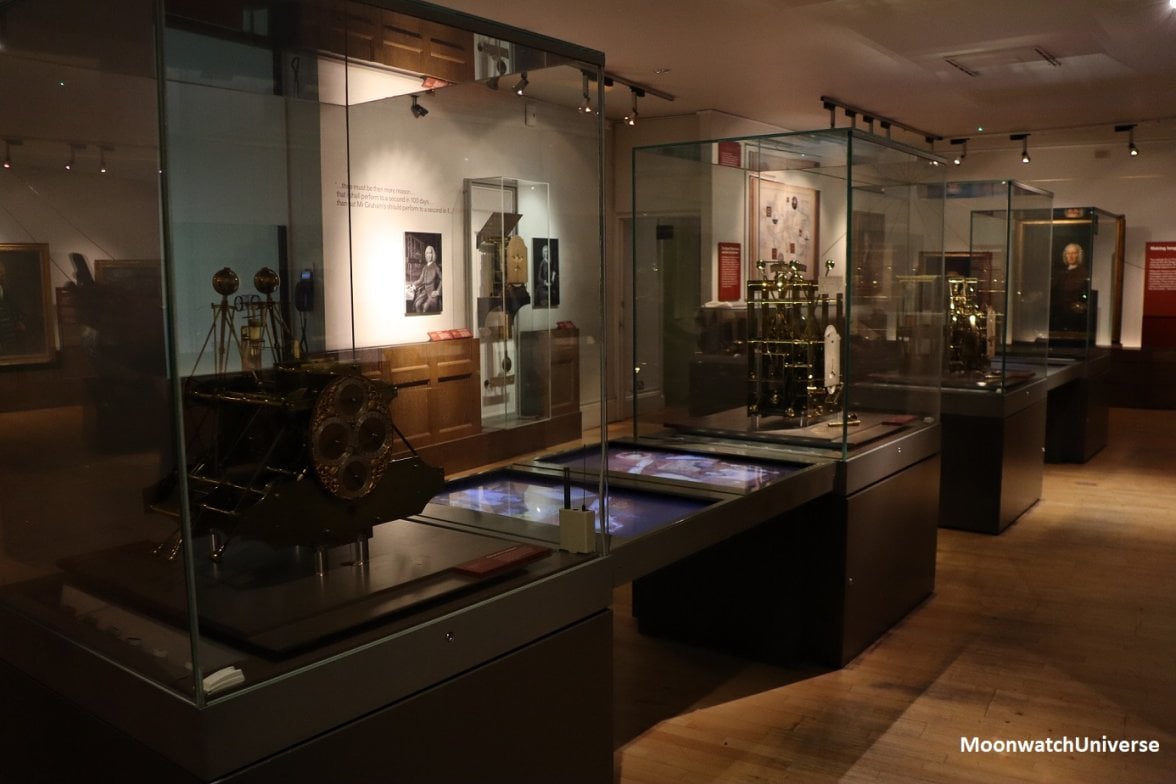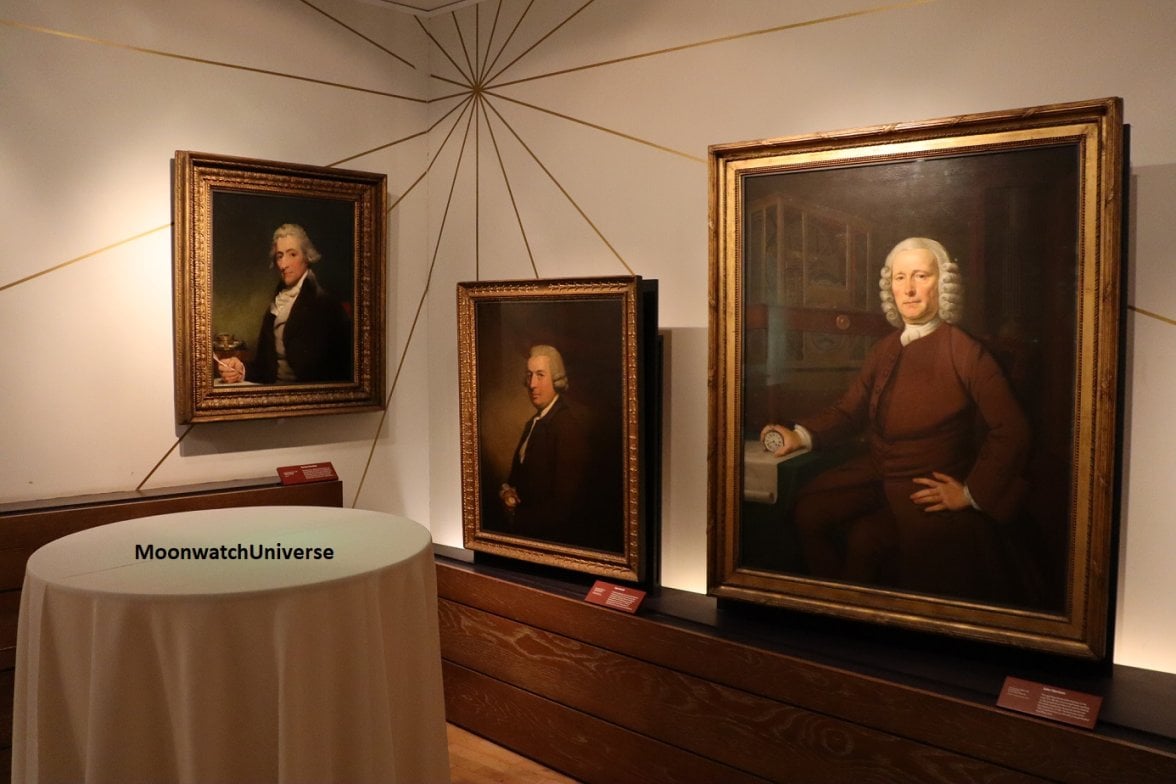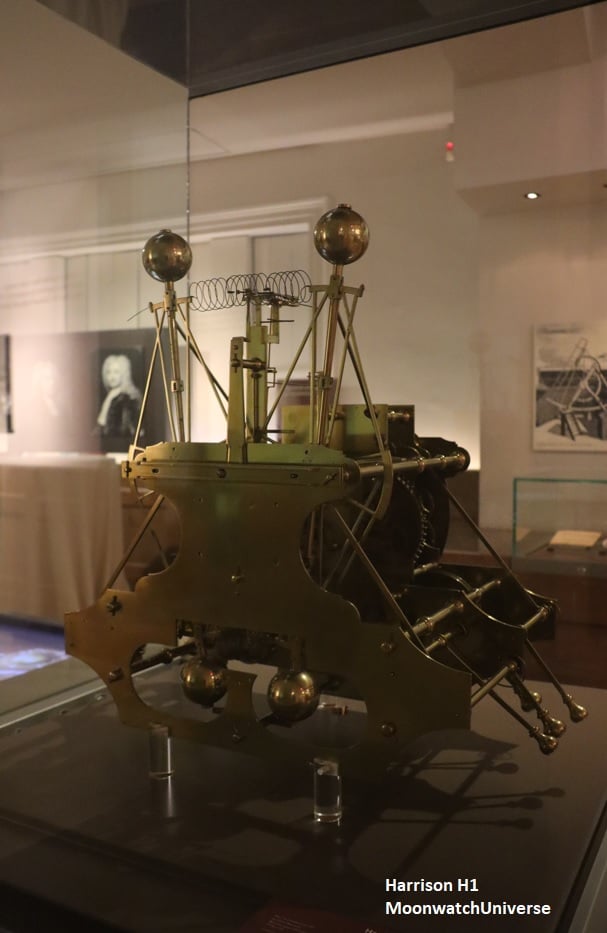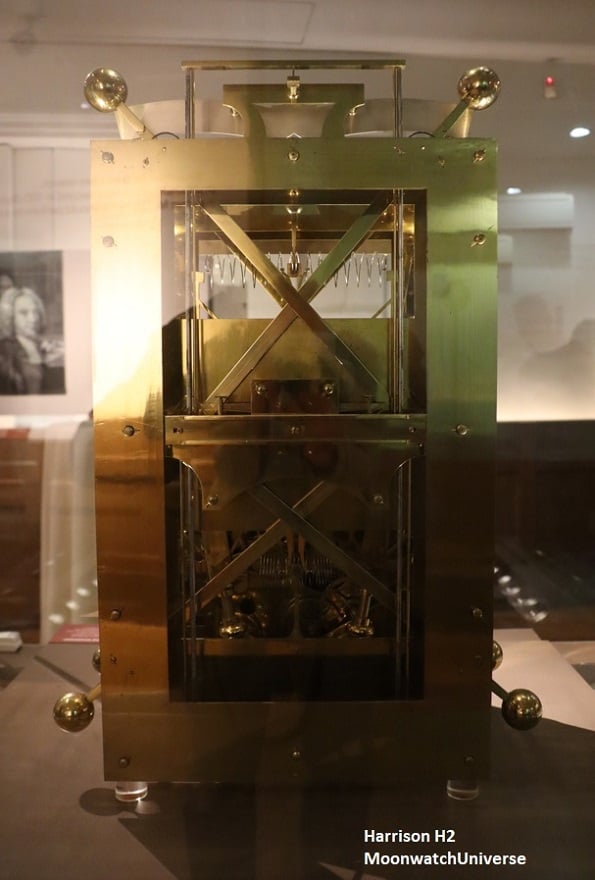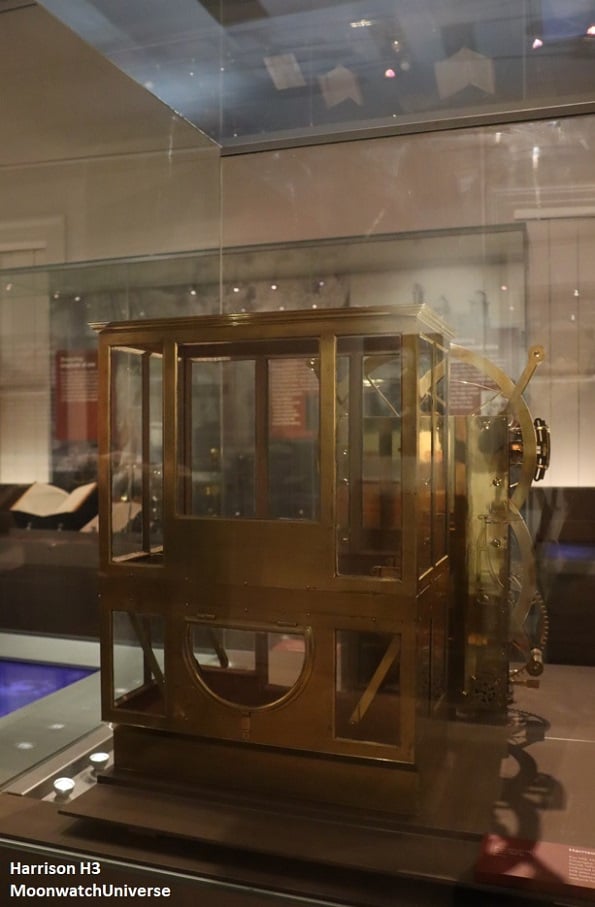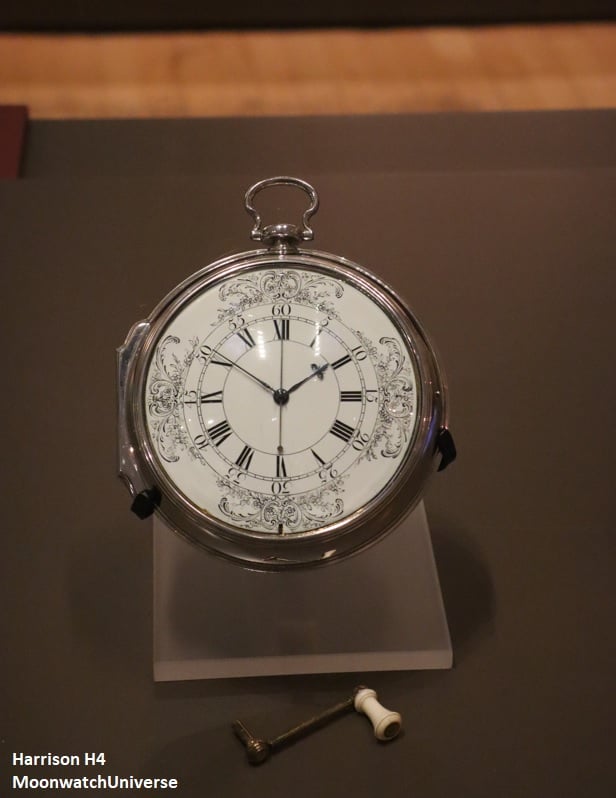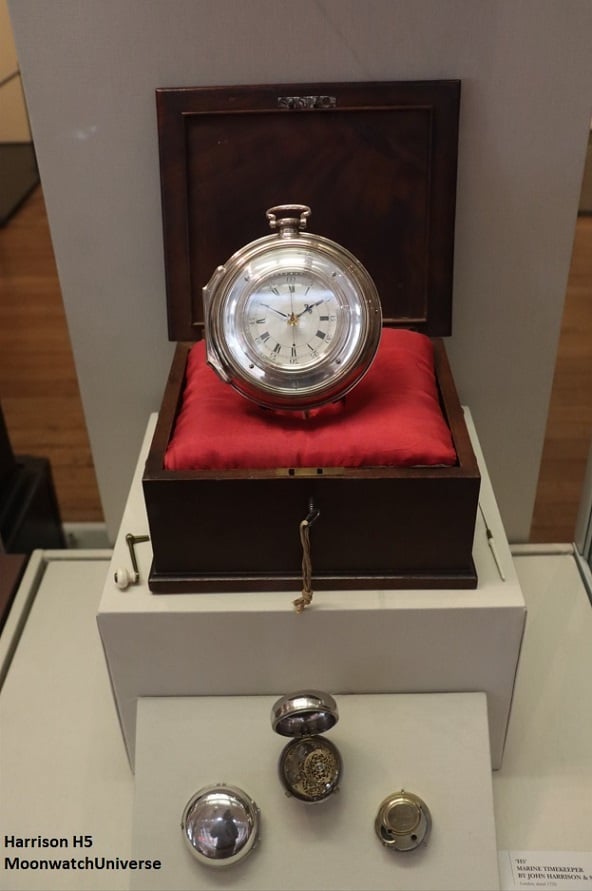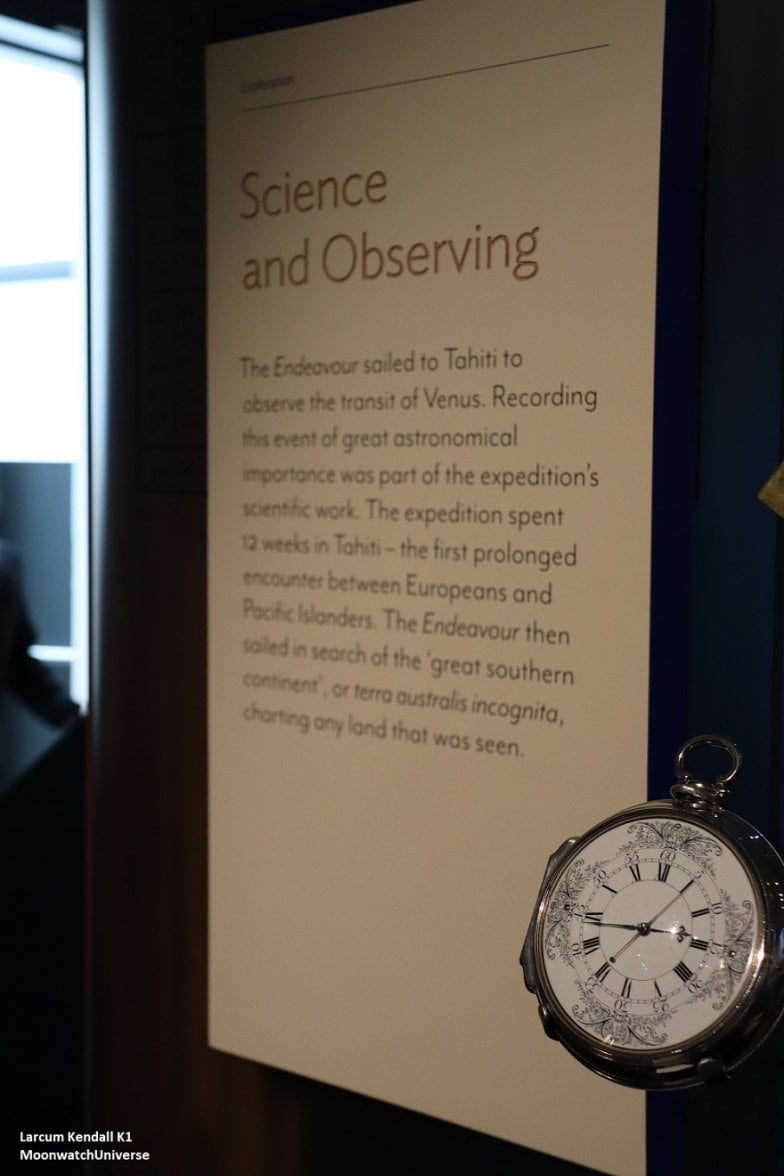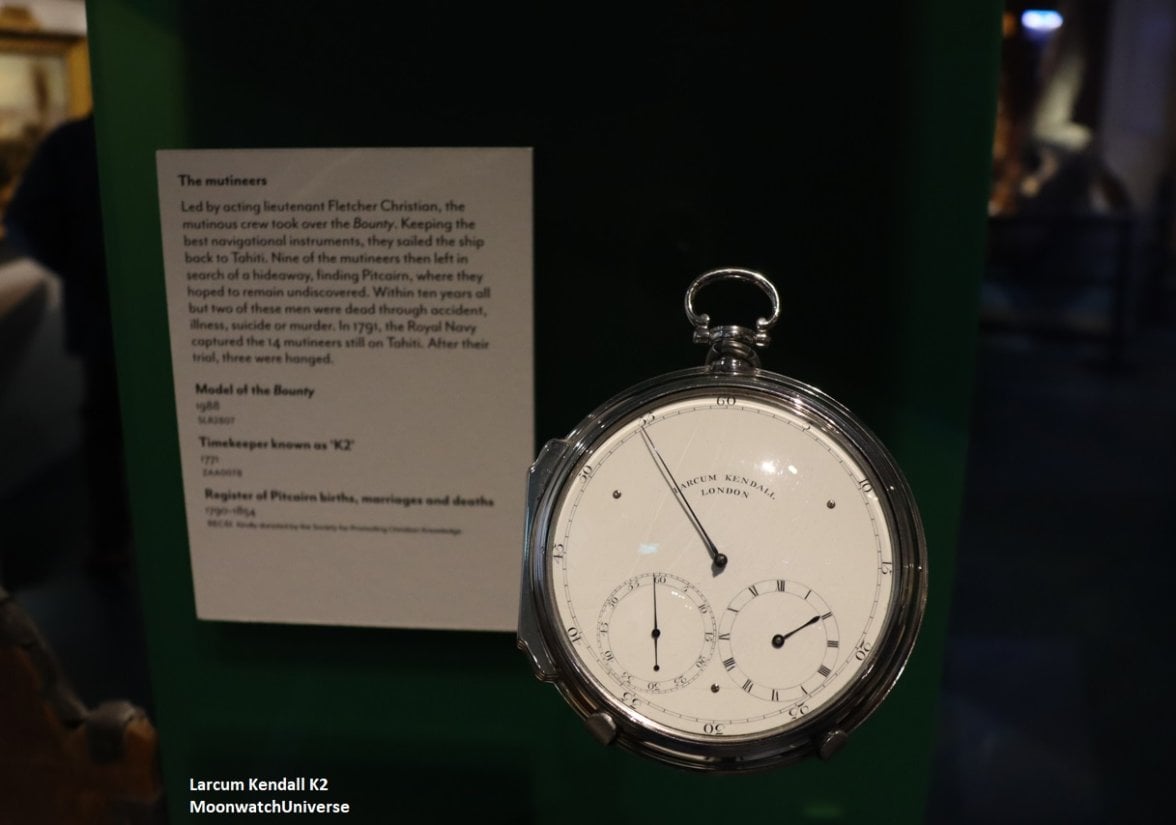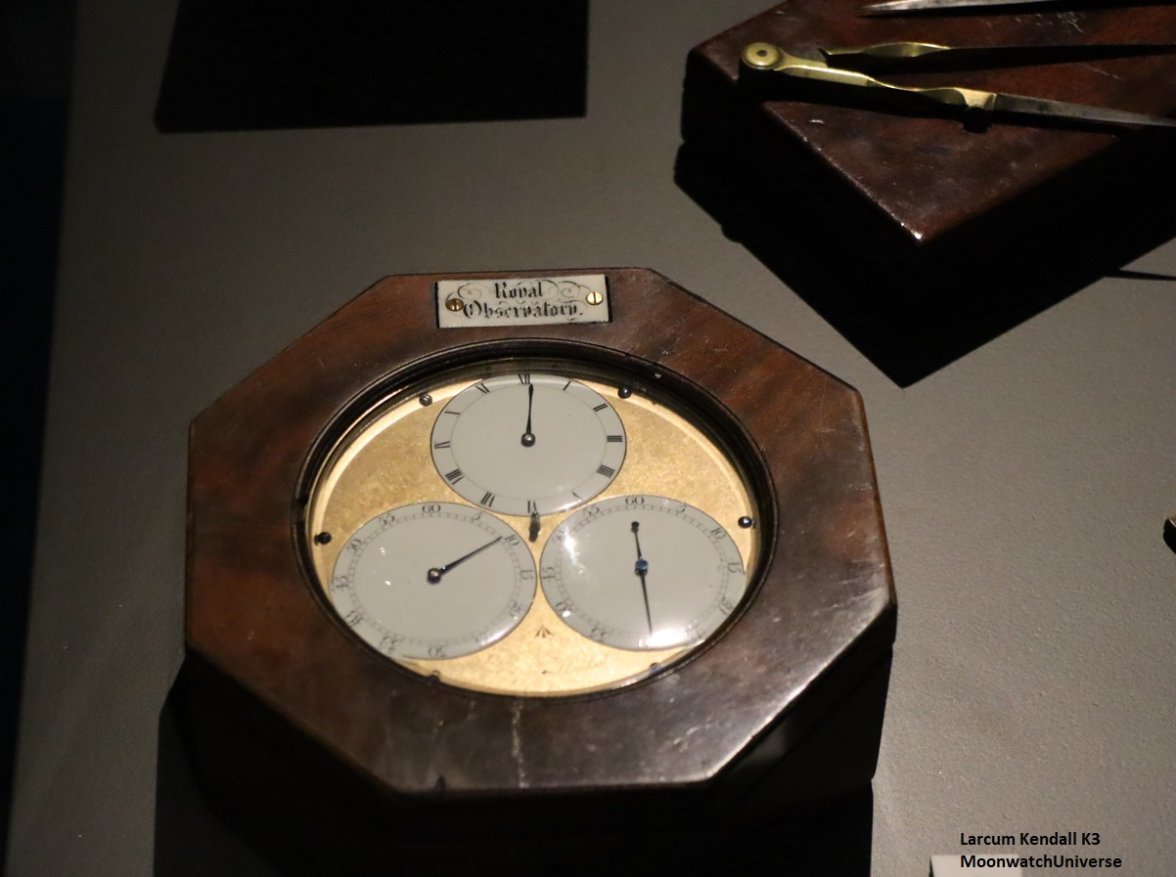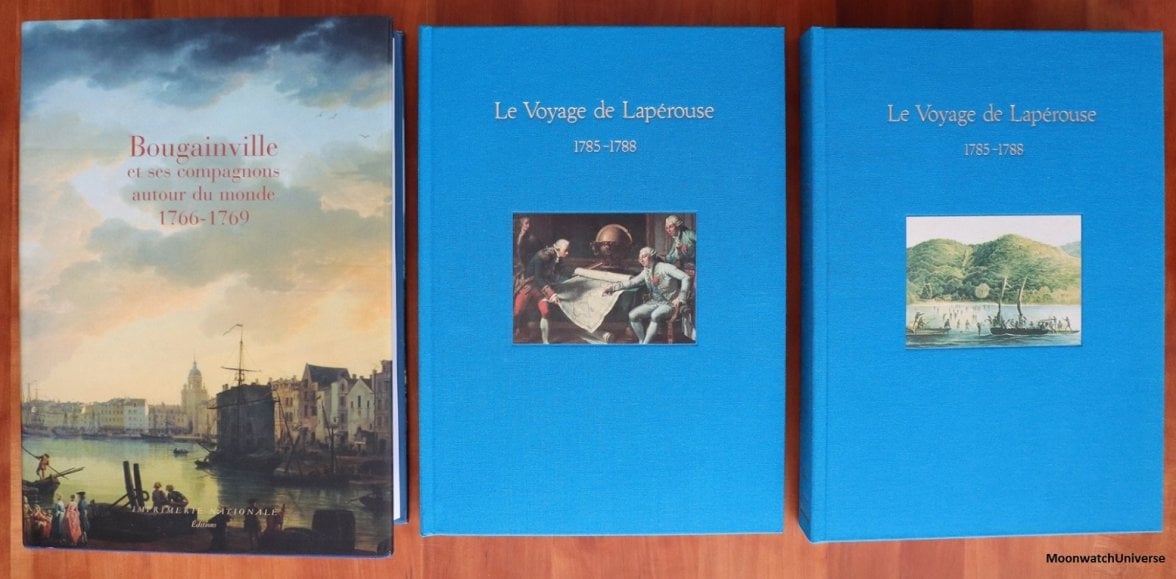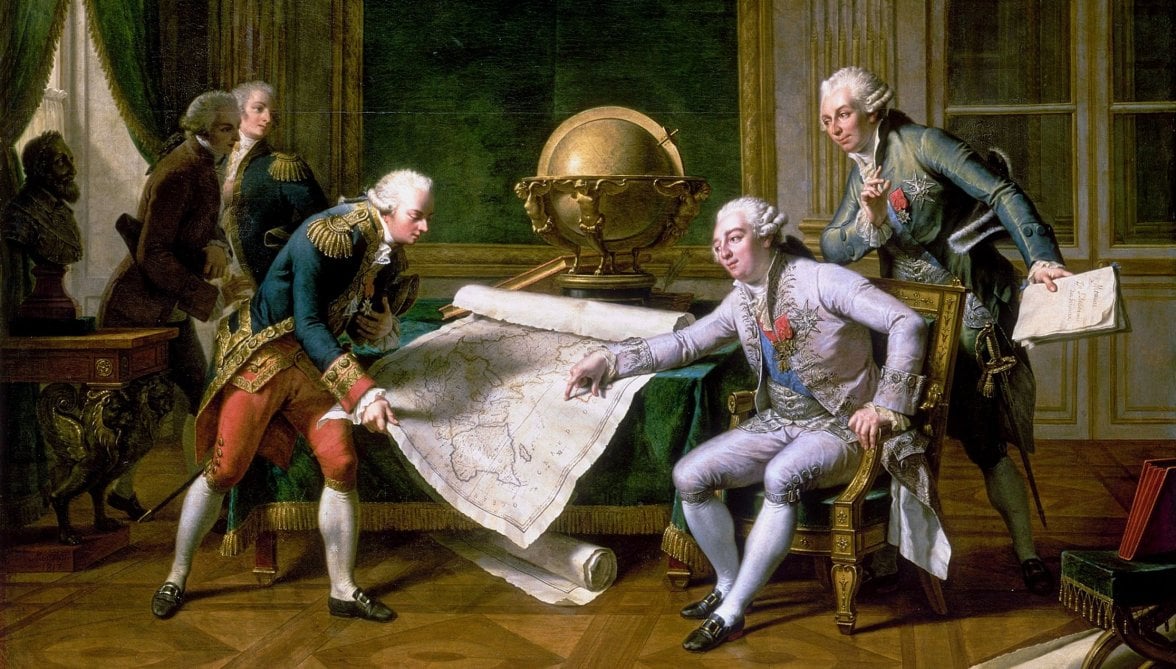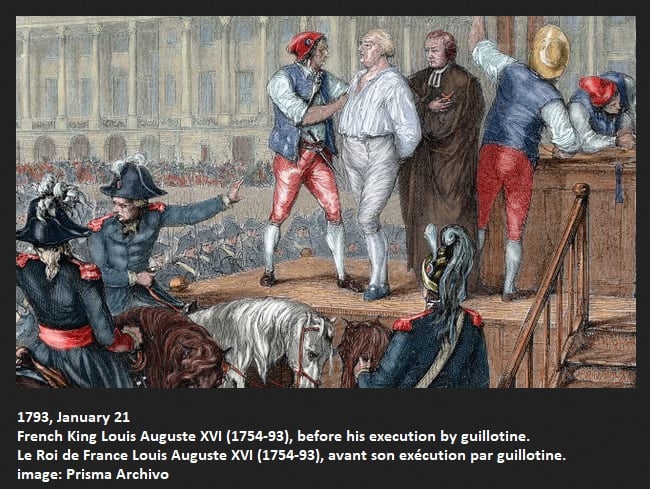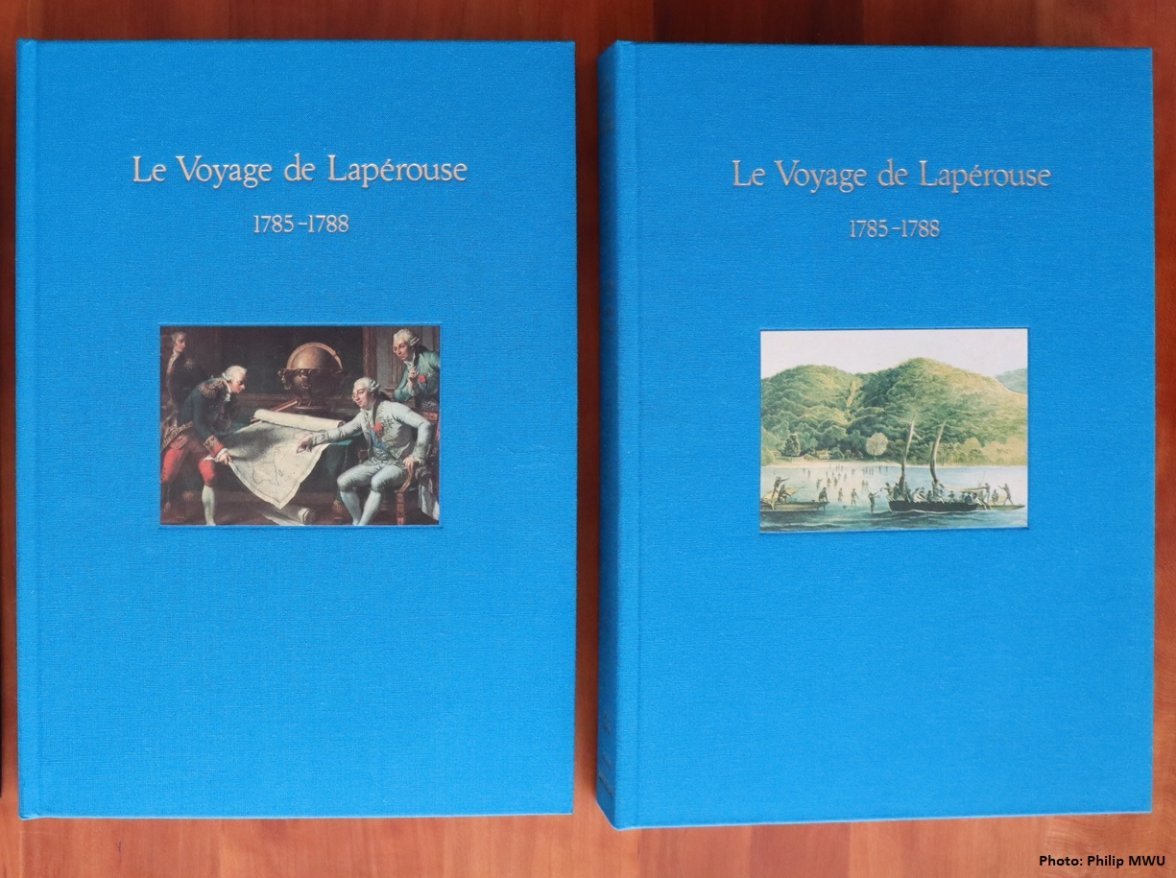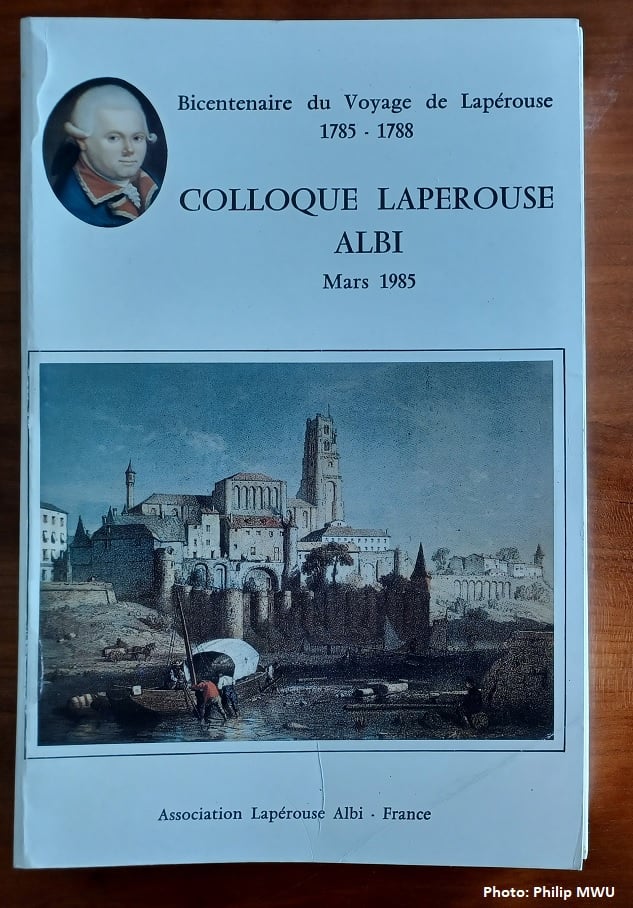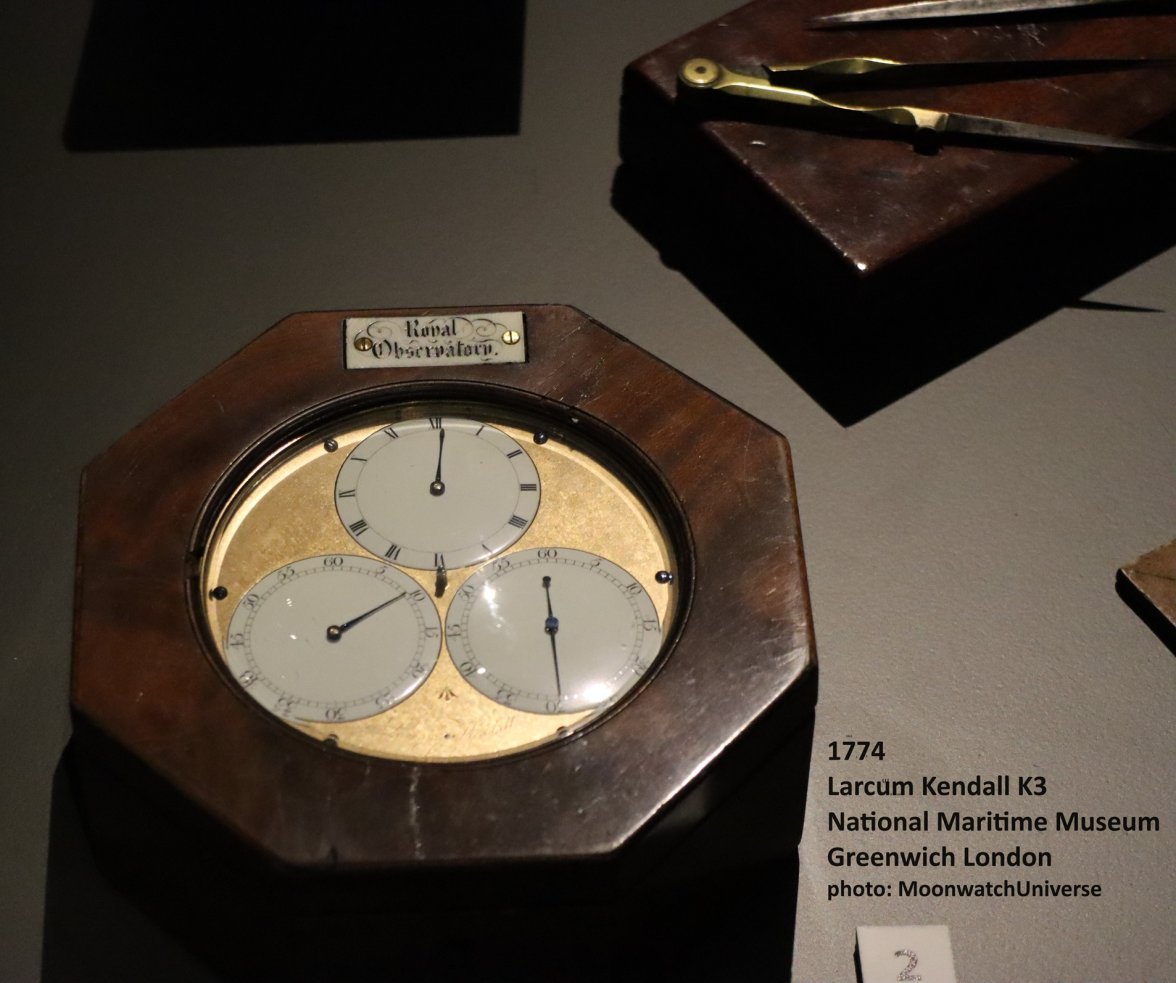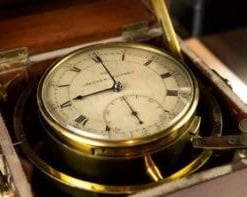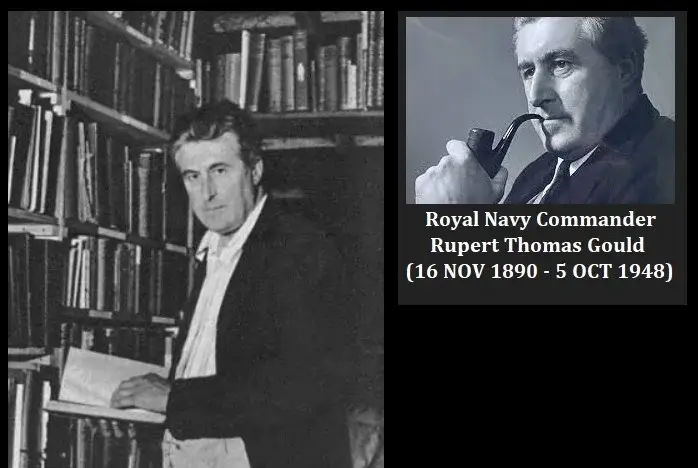60 years ago... La Pérouse mystery solved !
Some forum members know I'm working on an extensive list of Maritime chronometers & clocks used onboard 18th century ships of exploration.
Sharing a bit of book resources on these interesting stories:
King Louis XVI also encouraged major voyages of exploration. In 1785, he appointed French naval officer Captain Jean-François de Galaup comte de La Pérouse to lead a sailing expedition around the world. 1785, August 1 La Pérouse and his 222 men, among whom scientists, astronomers & mathematicians, departed Brest in two ships, “la Boussole” and “l’Astrolabe”.
At that time, the French Navy had a stock of Maritime clocks and the ships carried Ferdinand Berthoud’s Horloges Marine à poids n° 18 & 19, Berthoud petites montres 25, 27 & 29 together with a British chronometer.
The scientific voyage visited Chile, Hawaii, Alaska, California, Mauritius, Reunion, Macau, Japan, Russia and Australia. March 1788 leaving Botany Bay near Sydney, both ships were wrecked on Vanikoro's reefs of the Solomon islands in the Pacific Ocean.
Amazingly, British Captain Edward Edwards, onboard HMS Pandora in search of the mutineers of HMS Bounty, passed Vanikoro on August 13, 1791 but ignored smoke signals rising from the remote island!
In September 1791, the French Assembly decided to send an expedition in search of La Pérouse, lead by French explorer Antoine Bruni d’Entrecasteaux with ships “la Recherche” and “l’Espérance”. Captain d’Entrecasteaux died of scurvy in Papua New Guinea.
☕
In 1793, during the abolition of the French monarchy, the last king of France Louis XVI was executed on the guillotine stand at the “Place de la Révolution” in Paris. Before his death he asked the question “ A-t’on des nouvelles de La Pérouse ? “ (Did anyone hear news from La Pérouse ?).
Incredibly it took until 1964 before the wreck of Lapérouse’s ship, “la Boussole”, was finally discovered in the shallow waters at Vanikoro. Finding two canons and parts of the astronomical half circle with plaque “Langlois” used for celestial navigation together with an officers’ hand held telescope confirmed the wreck in 10 to 15 meter deep waters was “la Boussole”.
The French Navy revisited the site at numerous occasions.
(Photos: MWU)
.
